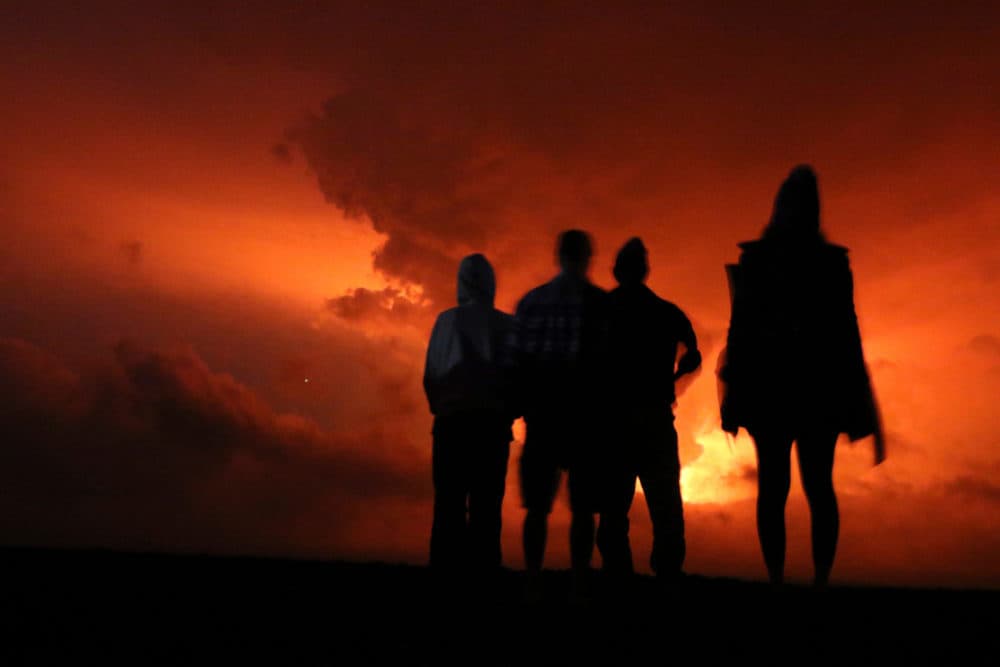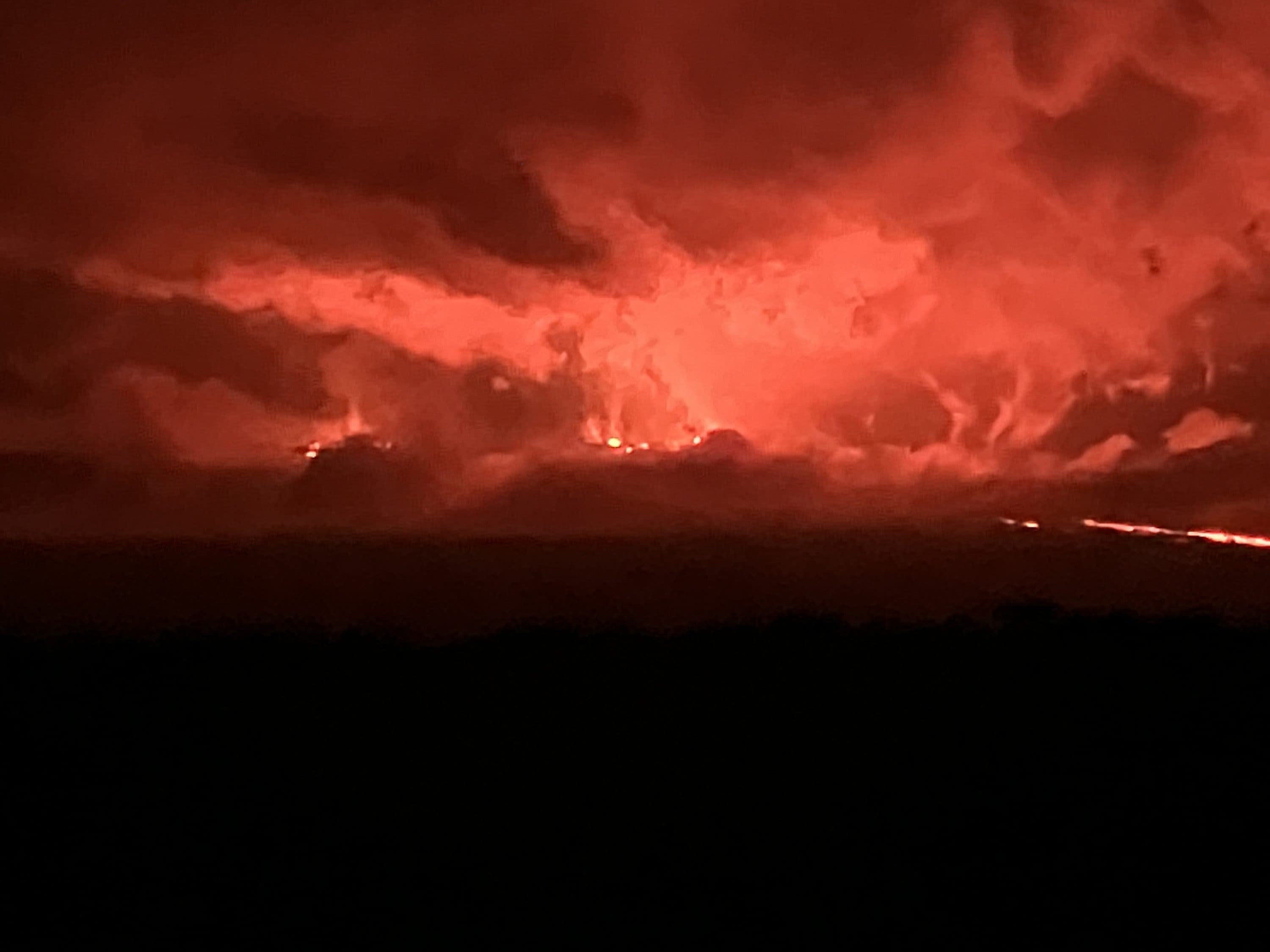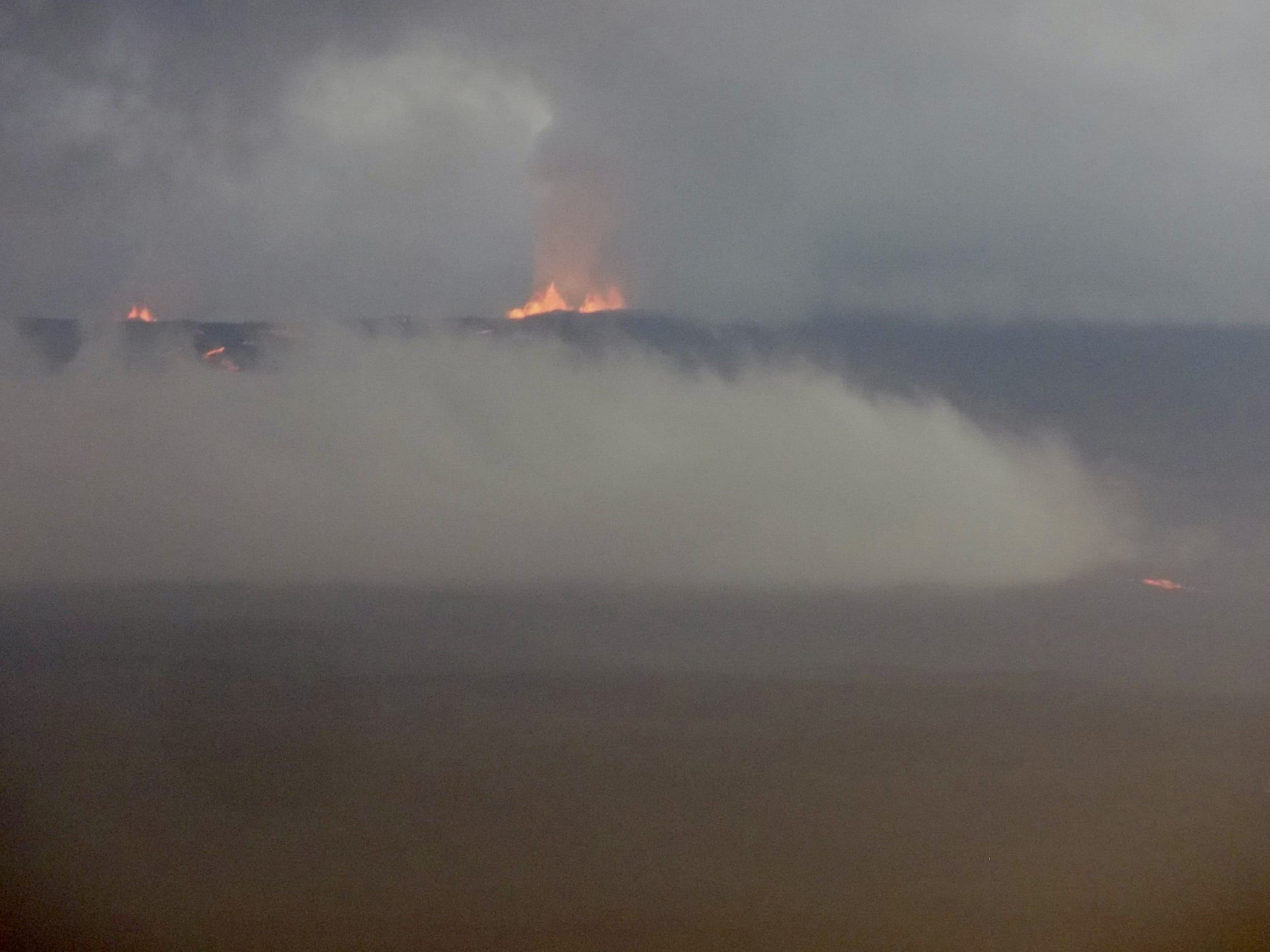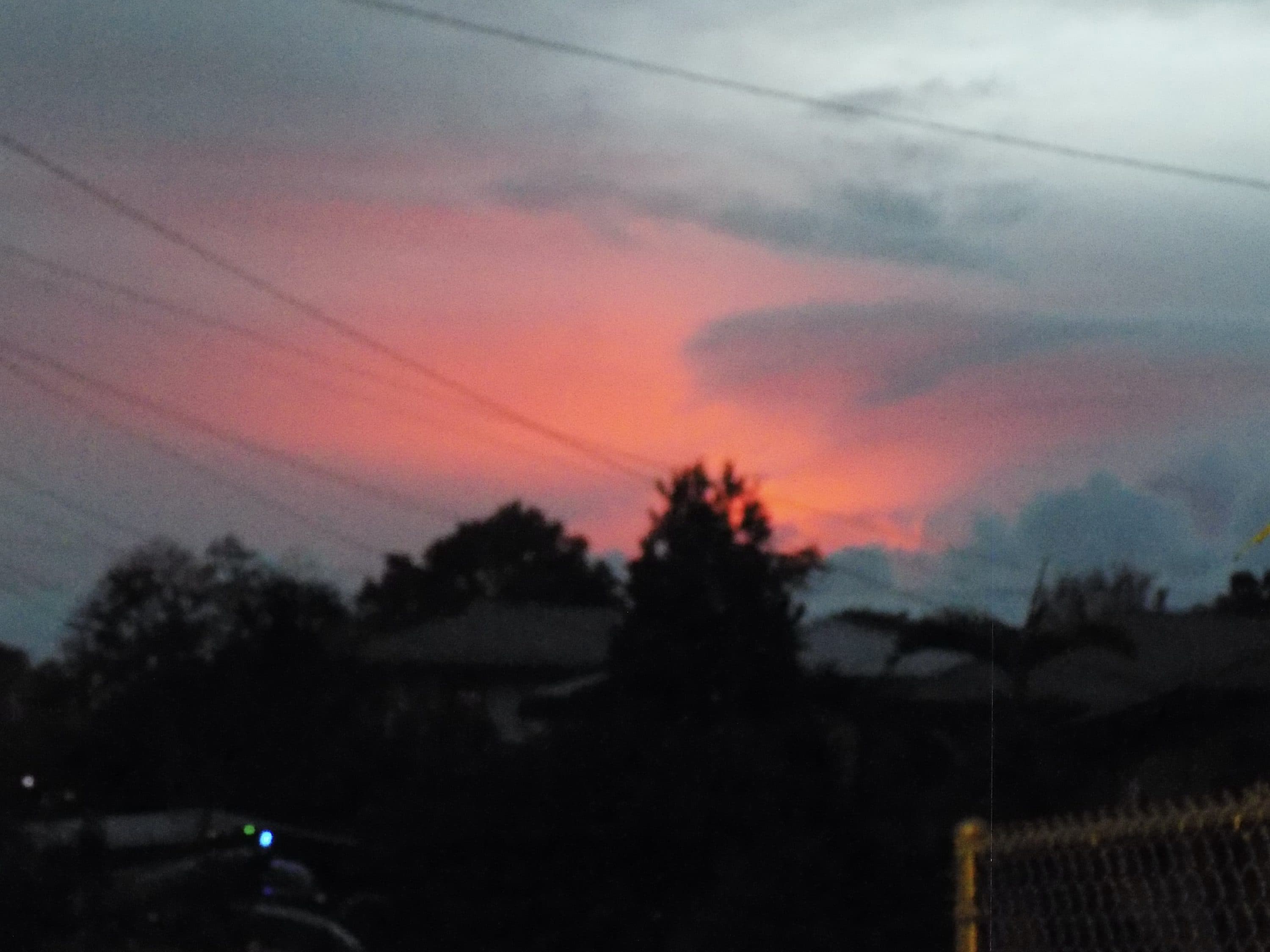Advertisement
Learning from Mauna Loa: How the volcanic eruption will shape Hawaiian history

Sign up for the On Point newsletter here.
Hawaii’s Mauna Loa volcano is erupting for the first time in nearly four decades.
Andrew Richard Hara is photographing the volcano's beautiful, violent display:
"Hawaii is a very special place to be able to experience that. And I think it's felt all around.”
Scientists are also relishing Mauna Loa's eruption.
A new generation of researchers equipped with new technology are observing the primal forces that continue to shape the planet.
Today, On Point: Learning from Mauna Loa.
View: Photographer Andrew Richard Hara's photographs of the Mauna Loa eruption.
Guests
Catherine Cruz, host of The Conversation on Hawaii Public Radio.
Erik Klemetti, volcanologist. Associate professor of Earth & Environmental, Denison University. Writer for Rocky Planet blog in Discover Magazine. (@eruptionsblog)
Also Featured
Andrew Richard Hara, photographer capturing the Mauna Loa eruption. (@andrewrichardhara)
Ingrid Johanson, geophysicist, Hawaii Volcano Observatory.
Listener Carey Yost's photos of the Mauna Loa eruption
Listener Carey Yost received her Masters studying the watershed of Hilo Bay, which is split between Mauna Loa and Mauna Kea.
"The eruption is slow and steady now ... taking the best flow route for a Mauna Loa eruption," she says.




'There is a lightness to this eruption': Behind the eruption of the Mauna Loa
MEGHNA CHAKRABARTI: Hawaiians have been waiting almost 40 years for the Mauna Loa volcano to erupt again. And it is now. The mountainous fountain of molten lava first emerged from the sea about 400,000 years ago and has been shaping the islands, and Hawaiians themselves, ever since.
ANDREW RICHARD HARA: The volcano was one of the reasons why I found a deeper purpose in photography. I was a volunteer at USGS for two years here at the Point Volcano Observatory. Had it not been for that, I don't know if I would be so focused and passionate about nature.
CHAKRABARTI: Almost every day since Mauna Loa began erupting last month, Andrew Richard Hara has gone out, and up in the air, to photograph Mauna Loa as magnificent and dangerous beauty.
RICHARD HARA: I went on the ground the first night and that was really cool just to see the glow from the mountain and all of that. And I have some relationships that have been built with Paradise helicopters, and so we've been doing eruption overflights early in the morning in a helicopter and being able to look from below and observe what's happening. Volcano flows can be beautiful, but also very dangerous.
And so flying in a helicopter, it's not like you're in a plane at 30,000 feet and you're looking above. You get to interact with the land, you fly near or at a safe distance over the lava. The helicopter, because of the thermals, will rise. And then you fall. If winds come, you get blown. And you can feel that. If you are able to fly near the lava close enough, you can feel the heat from the helicopter.
It can be a gift to be able to enjoy it in that way. Watch a 300-foot fire fountain erupts. It's like it's all inspiring and like, wow, this is like, I'll never see this again. And how beautiful, but how tragic. It's a piece of poetry. It's a beauty of darkness and light. Working with indigenous tribes, there is always a deeper meaning for place, space and people.
So in this culture, I'm not Hawaiian, but I'm born and raised here. But the local culture here and the Hawaiian culture, the connection to place and space is, like my friend said this morning, actually when we were watching the glow, it's like it's a part of your family. There is like this connection that it's not just somewhere you live or somewhere you buy.
And so when things like this, like the eruption do occur, it is the earth speaking with us. It's beautiful. And I think there is a lightness to this eruption that is significantly different than most. Because it's not situated anywhere near residential areas. If the eruption continues, it could. And at that time, maybe the mood and energy changes. But for now, I think we can all as a group, kind of stand in the hall and wonder.
This program aired on December 7, 2022.

